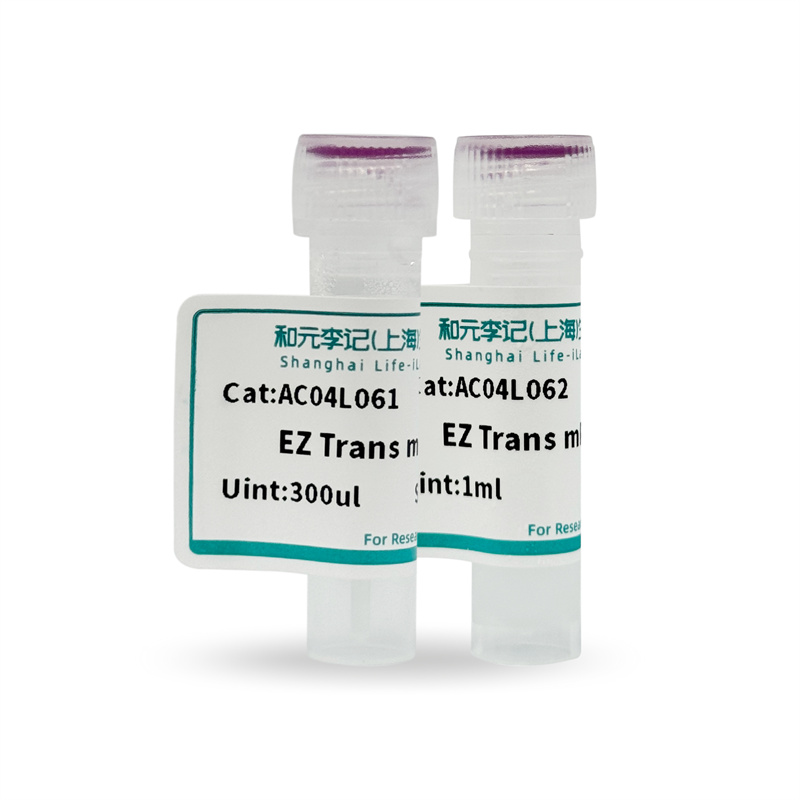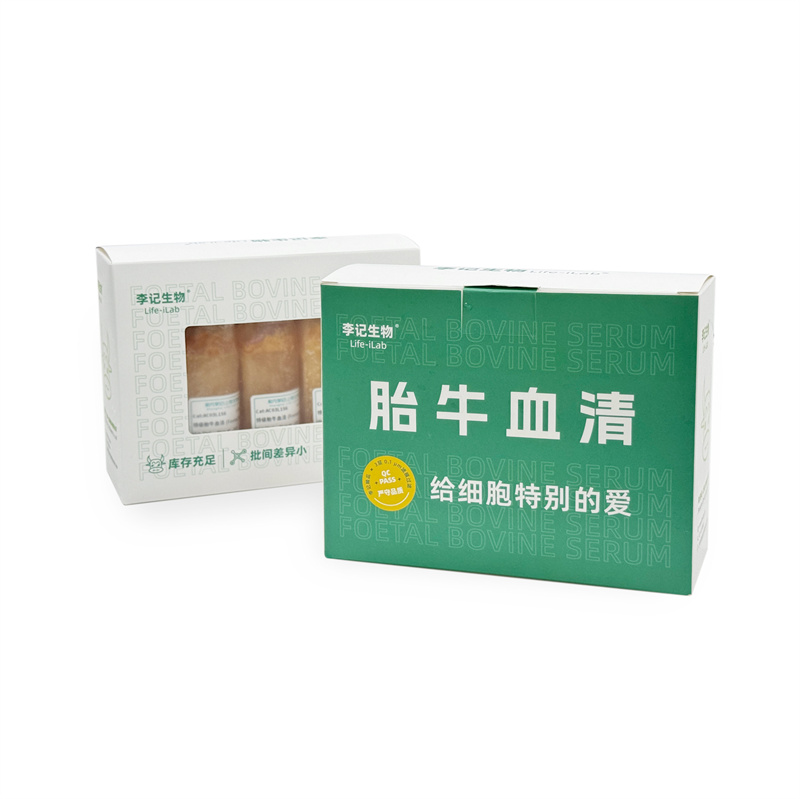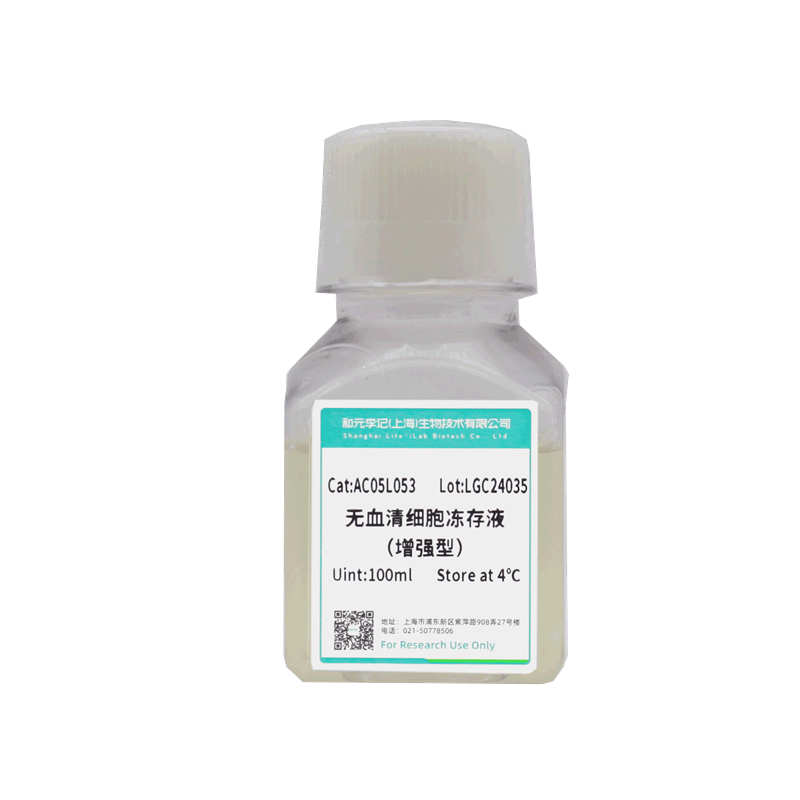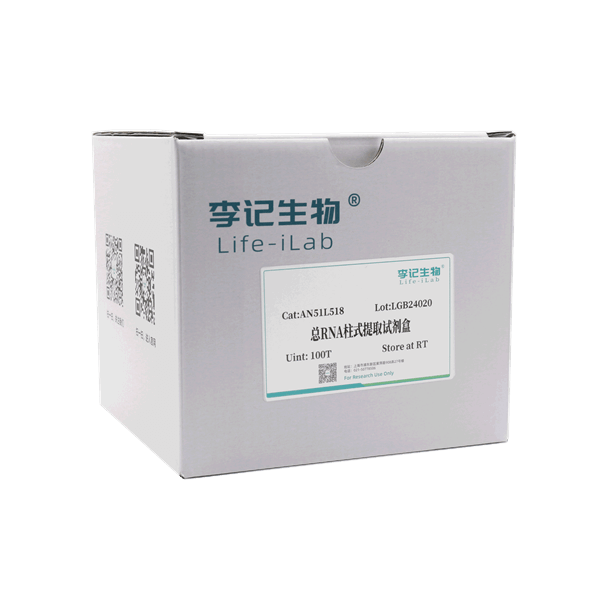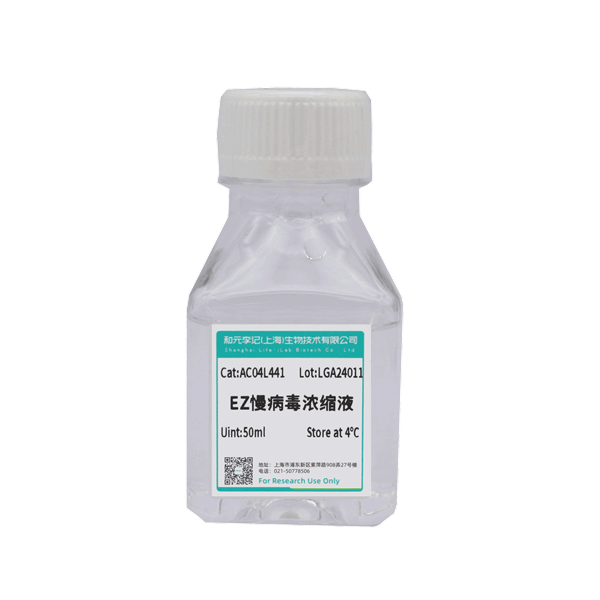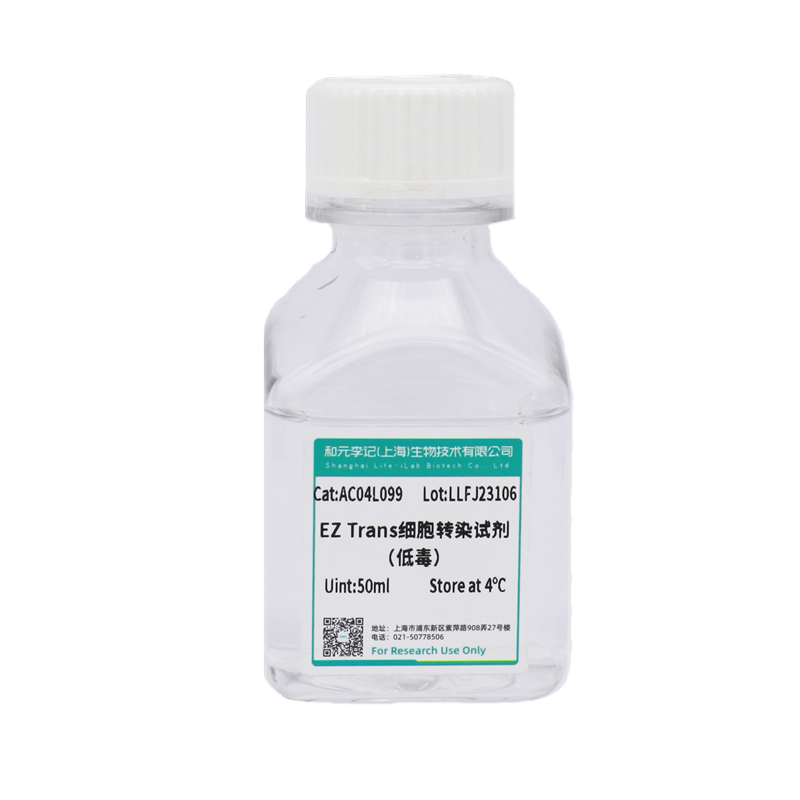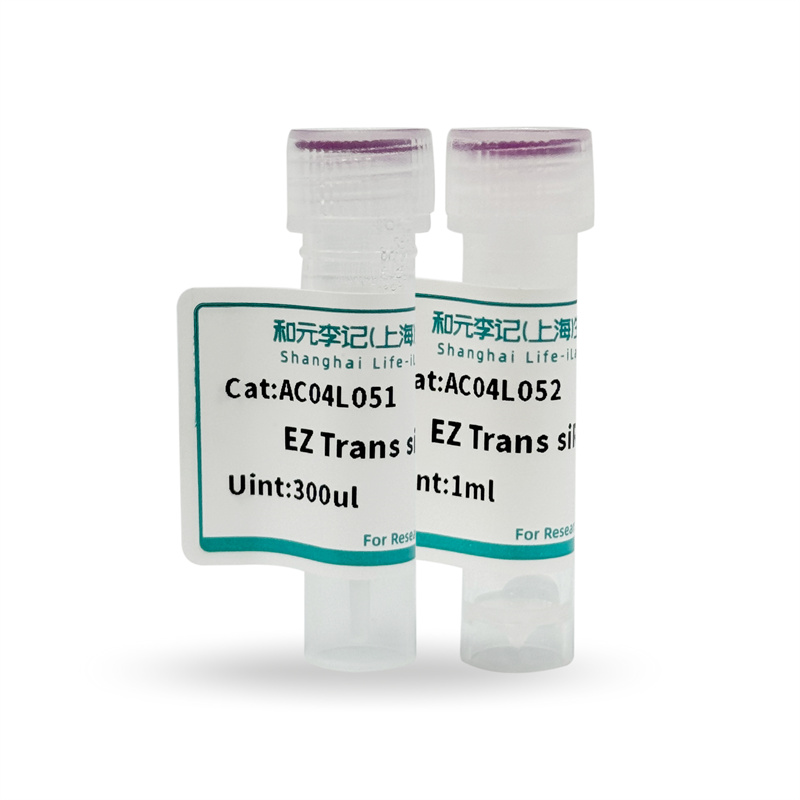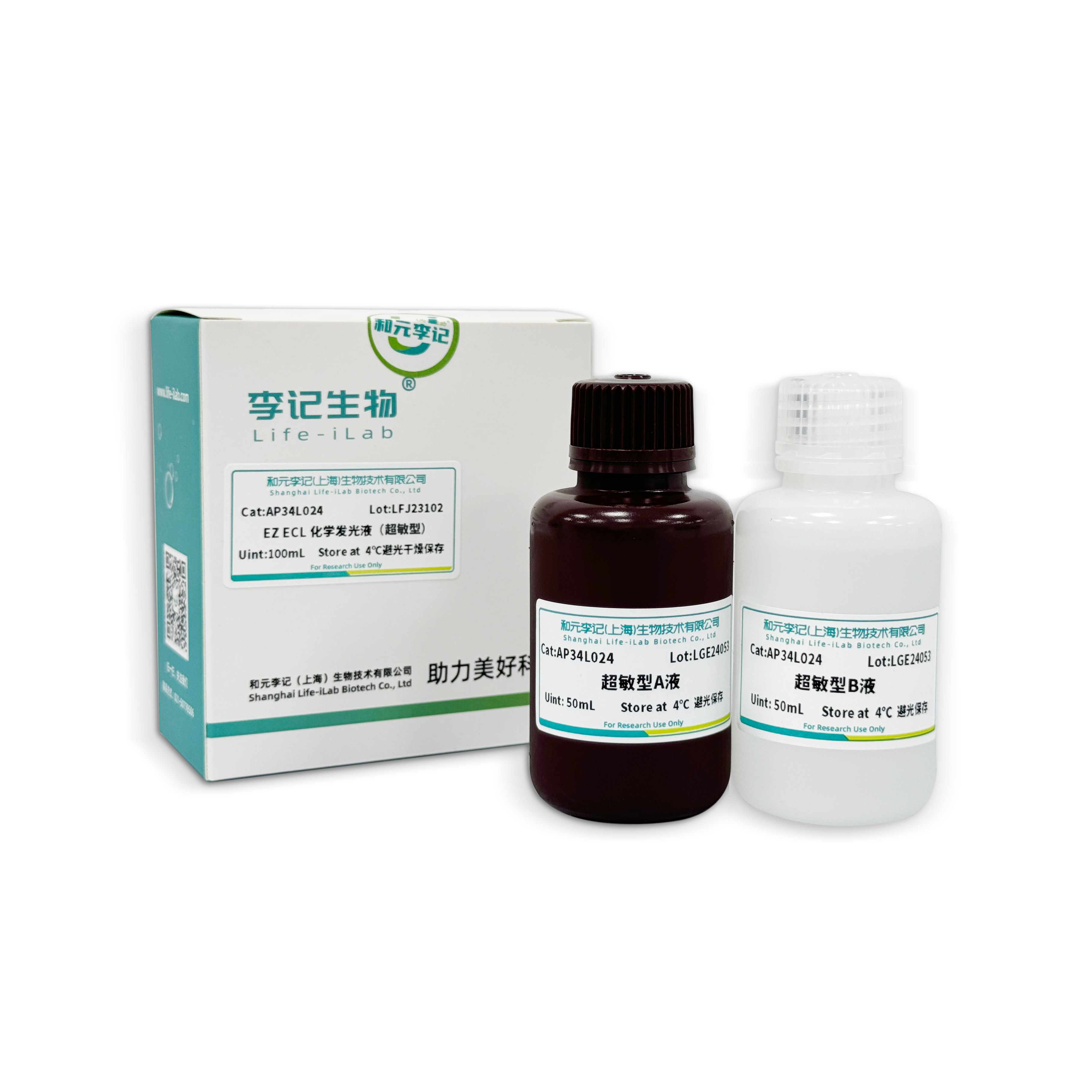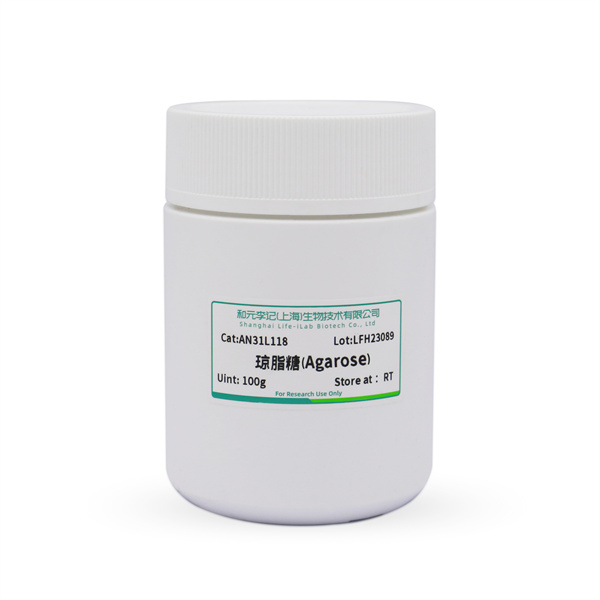Disease research
Original link:Metabiology - Disease Research Based on a deep understanding and research of viral vectors, more and more researchers are starting to use viral vectors for disease research. At present, virus vector tools are widely used in different tissues and organs. By using tool virus vectors, disease related genes can be targeted and tissue-specific modified and manipulated, which has become a technical means for researchers to conduct disease research and treatment. Selection of viral vectors The size of different viral vectors varies greatly, indicating significant differences in their gene capacity; The difference in immunogenicity means that its in vivo/in vitro application scenarios require subtle adjustments; The difference in expression time and cycle means that we need to make corresponding choices based on research needs.Table 1 Comparison of Biological Characteristics of Different VirusesLentivirusAdenovirusadenovirusRetrovirusenvelopehavenothinghavenothingParticle diameter80-100 nm20-30 nm90-100nm~100nmgenomedsRNAssDNAdsDNARNAGenome size9.75kb4.7kb36kb~5kbExpression start time48-72h72-96h24-48h48-72hExpression duration> 2 months> 6 months< 1 month> 2 monthsInternal diffusion abilitycommonlystrongstrongcommonlyImmunogenicitysecondaryExtremely lowstrongsecondaryTiter range108~109TU/mL1012-1013VG/mL1011-1012PFU/mL107~108TU/mLTiter detection methodQPCR integration of DNAQPCR non integrated DNAAntigen antibody immunostaining kitQPCR integration of DNAIntegration methodRandom high-frequency integrationDirectional low-frequency integration (rAAV non integration)Non integratedRandom integrationApplication scopeIn vitro cell infection, gRNA library screening, in vivoWidely used in vivo based on different serotypesHepatophilia, rapid or short-term expression, blood, heart, cell line, etc Specific infection only affects cells in the division stage Recombinant adeno-associated virus vector (rAAV) has always been a star vector for in vivo research. In addition to its advantages of extremely low immunogenicity, high safety, wide range of host cells, strong diffusion ability, and long expression time of genes in vivo, it also relies on its diversity of species. The commonly used rAAV in current research is a mixed viral vector produced by combining the AAV2 genome with different capsid proteins, generally labeled as rAAV2/N (N represents different capsid serotypes). The recombinant virus has stable expression and gene integration ability of AAV2 type, while obtaining tissue infection affinity of different serotypes, exhibiting certain organ targeting specificity.Table 2 Tissue affinity of different serotypes of AAVSerotypeOrganizational affinityrAAV2/1Neurosystem (high titer cis synaptic), muscles, skeletal muscles, myocardium, smooth musclesrAAV2/2Nervous system, muscles, liver, vascular smooth muscle, eyesrAAV2/3Muscles, liver, lungs, eyesrAAV2/4Nervous system, muscles, eyes, brainrAAV2/5Neurological system, lungs, retina, liver, synovial jointsrAAV2/6Nervous system, lungs, muscles, heartrAAV2/7Muscles, liverrAAV2/8Neurological system, liver, pancreas, retina, adipose tissuerAAV2/9Nervous system, myocardium, lungs, retina, skin, muscles, adipose tissuerAAV2-retroNeurosystem (reverse non synaptic)AAV-PHP.eBCross blood-brain barrier (intravenous injection)AAV-PHP.STotal peripheral nerve (tail vein injection)AAV-PANPancreatic (intraperitoneal injection)AAV-LUNGPulmonary (tail vein injection)AAV-DJRetina, lungs, kidneys, in vitro infected cellsAAV-7m8retinaAAV-ShH10YRetinal Muller cellsAAV-Rh10Liver, Blood, Heart, Extracorporeal Infected CellsAAV-Anc80L65Inner ear, retina, skeletal muscle, liverAAV-SCH9SVZ area neural stem cells Small suggestion: If you are unsure which serotype to choose, you can try using Pandora's Virus (AAV trial kit) as a pre experiment to compare the infection effects of different serotypes on the target tissue and explore the optimal experimental conditions (injection method, injection site, virus dosage, etc.) in order to obtain more ideal experimental results. (Link to Pandora's Virus>>)liver The liver is an important organ for regulating lipid metabolism and blood sugar metabolism, and its abnormal function will lead to fatty liver, hypercholesterolemia, hyperlipidemia, diabetes and other diseases. 1. Injection method The use of viral vectors to infect the liver is generally achieved through tail vein injection. Based on the years of experience of Heyuan Biotechnology, using AAV vectors to infect liver tissue generally selects AAV2/8 serotype. To infect the liver through tail vein injection, each mouse needs to be injected with a viral vector with a total titer of 1x1010. Results of AAV infection in metabiotics 2. Application cases 2.1 Liver specific promoter TGB Customers publish articles:FASEB Journal. (IF=5.391). Yang Y,et.al. (2018). Long-term exercise prevents hepatic steatosis: a novel role of FABP1 in regulation of autophagy-lysosomal machinery. [Non alcoholic fatty liver disease, autophagy lysosomes, overexpression of adeno-associated viruses] Injection method: tail vein injection in mice carrier:AAV8-TGB-Fabp1 Serotype:rAAV2/8 Injection volume:200ul,2× 1011 VG Observation time: 1 week 2.2 Application of Cre loxp technology in mouse liver Due to its high affinity for the liver, adenoviruses can infect over 90% of the liver, making them an effective carrier for liver specific infections. Injecting the Cre adenovirus (Ad Cre) into mice with loxp through the tail vein can achieve liver specific expression and knock out the target gene, thereby quickly obtaining liver specific gene knockout mice. 2.3 Application of CRISPR/Cas9 technology in mouse liver By injecting CRISPR/Cas9 system related elements (Cas9 and sgRNA) into mice through adenovirus, specific expression in the liver can be achieved, and specific knockout of the liver can be achieved. This method is more suitable for testing in vivo experiments.pancreas The pancreas is an organ with both internal and external secretion functions, closely related to digestion, blood glucose metabolism, lipid metabolism, etc., and is also one of the key target organs in metabolic research. In practical research, there are two main ways to use virus vectors to infect the pancreas. One is to use AAV2/8 virus vectors to inject the virus into the pancreas through the bile duct; Another new method is to use the AAV-PAN virus vector newly developed by Heyuan Biotechnology to infect the pancreas by intraperitoneal injection:和元生物AAV-PAN感染结果heart 1. Injection method The injection method of AAV has been adopted differently in different articles. Overall, it generally includes intravenous injection, intracardiac injection, myocardial targeted injection, and pericardial injection (located between the myocardium and the pericardium), among which intravenous injection includes tail vein injection, jugular vein injection, facial vein injection, etc. Tail vein injection and intracardiac injection are more evenly distributed due to the virus flowing into the bloodstream. Intracardiac injection needs to be performed in combination with aortic clamping, and due to the need for assisted breathing during thoracotomy, the surgical procedure requires high requirements. When intramyocardial injection is performed, 2-5ul is injected at each point, resulting in higher expression near the injection site, but limited diffusion. In general, many experiments can be directly injected into the tail vein, but higher doses of the virus may be required. If intramyocardial injection is used, that is, small and multiple point injections, good infection expression effects can be achieved. However, the latter requires slightly higher technical difficulty and longer operation time. 结合新生鼠(出生2-10天)注射效果比较来看,新生鼠注射表达效果大大优于成年鼠,消耗病毒剂量也相对较低。新生鼠的注射,一般根据实验室的条件来看,可以选择颈静脉注射、面部静脉注射和心腔内(左心室)注射,目的是将病毒导入血液循环中。 2. Promoter selection Some commonly used promoters such as CMV, CAG, alpha MHC, cTnC, etc. are often used to drive expression in cardiac tissue. Many efficient promoters, such as alpha MHC, are only used in transgenic mice and are not suitable for loading onto AAV vectors due to their large fragments. Through literature review, we found that some small promoters such as CMV have strong expression ability in cardiac tissue, especially for large fragments, which have a significant driving effect. However, if the target gene needs to be mediated for specific expression in the heart, it is recommended to use the cTnT promoter, which is often used for myocardial specific expression and has strong expression ability. 3. Application cases 3.1 Cardiac specific promoter cTNT Customers publish articles:Yue Z, et al., (2019) PDGFR-b Signaling Regulates Cardiomyocyte Proliferation and Myocardial Regeneration. Cell Rep.Injection method:Carrier:AAV9Serotype: rAAV2/9Promoter: cTnTInjection volume: 200ul, 2 × 1011 VGObservation time: 1 week3.2 Cas9 heart specific transgenic mice Scientists have constructed heart specific transgenic mice with eSpCas9 (1.1), which drive the specific expression of Cas9 in the myocardium through the promoter of the Myh6 gene (α MHC). The alpha MHC promoter is a commonly used promoter in heart specific transgenic mice. This tool mouse can solve the problem of Cas9 delivery and expression in the heart during the experimental process. Transgenic mice can maintain long-term high levels of Cas9 expression in the heart, which is precisely the crux of the low editing efficiency of the CRISPR/Cas9 system in the cardiac region. Cas9 transgenic mice only need to express sgRNA in the heart through AAV delivery, which can achieve relatively high editing efficiency. Researchers injected sgRNA targeting the Myh6 gene exon into mice via loading onto an AAV vector to achieve heart specific knockout. The expression level of Myh6 was reduced by more than 50%, and mutant mice with myocardial hypertrophy and dilated heart were successfully obtained.lungs At present, AAV virus vectors are commonly used for viral infections in the lungs. There are two main ways to use virus vectors to infect the pancreas. One is to use AAV2/9 virus vectors, which deliver the virus through the respiratory tract through the nose or trachea (via the respiratory tract), with a reference dose of 1 × 1011VG virus and a volume of 50ul; Another new method is to use the AAV-LUNG virus vector newly developed by Heyuan Biotechnology, and inject it into the tail vein to specifically infect the lungs: Result of pulmonary infection caused by Heyuan AAV-LUNGmuscle At present, AAV virus vectors are commonly used for virus vectors in muscle tissue, as AAV can not only efficiently and specifically target muscle tissue, but also express persistently in muscle tissue. Adenovirus can easily cause a strong immune response when used and is easily cleared. Its expression time is relatively short and it is less commonly used for targeted expression in muscle tissue. Although lentivirus infection has a wide range of expression and can efficiently express in cultured muscle cells, its infection expression in muscle tissue is very limited. At present, the main serotypes of AAV carriers targeting muscles are AAV1, AAV6, and AAV9. Among them, AAV9 has the highest expression efficiency and is more likely to be highly expressed in muscles. 1. Injection method The study of using virus vectors to infect muscle tissue is generally divided into systemic injection and intramuscular injection. Systemic injection has relatively uniform expression, but most viruses are absorbed by other organ tissues, resulting in fewer viruses targeting muscles. Intramuscular injection is a type of targeted injection that can efficiently express the virus near the injection site. However, the disadvantage is that the spread of the virus is very limited, so multiple injections are often required, usually between 5-10ul per point. 2. Application cases Injection method: intravenous injectioncarrier:AAV-CMV-miniDystrophinSerotype:rAAV2/9 Observation time: 16 weeksadipose tissueAdipose tissue is composed of a large number of adipocytes, divided into white adipose tissue, brown adipose tissue, and beige adipose tissue. Adipose tissue is an important organ for storing redundant energy in the body, as well as an important secretory organ. It plays an important physiological role in blood glucose metabolism, lipid metabolism, chronic inflammation, scar repair, and other aspects of the body.In research, if we use a viral vector to infect adipose tissue, we generally use targeted injection. The rAAV2/8 serotype is generally selected when using AAV virus vectors to infect adipose tissue. In multi-point injection of adipose tissue, each point injects approximately 1x1010 total titers of the virus vector. AAV infected fat
Details

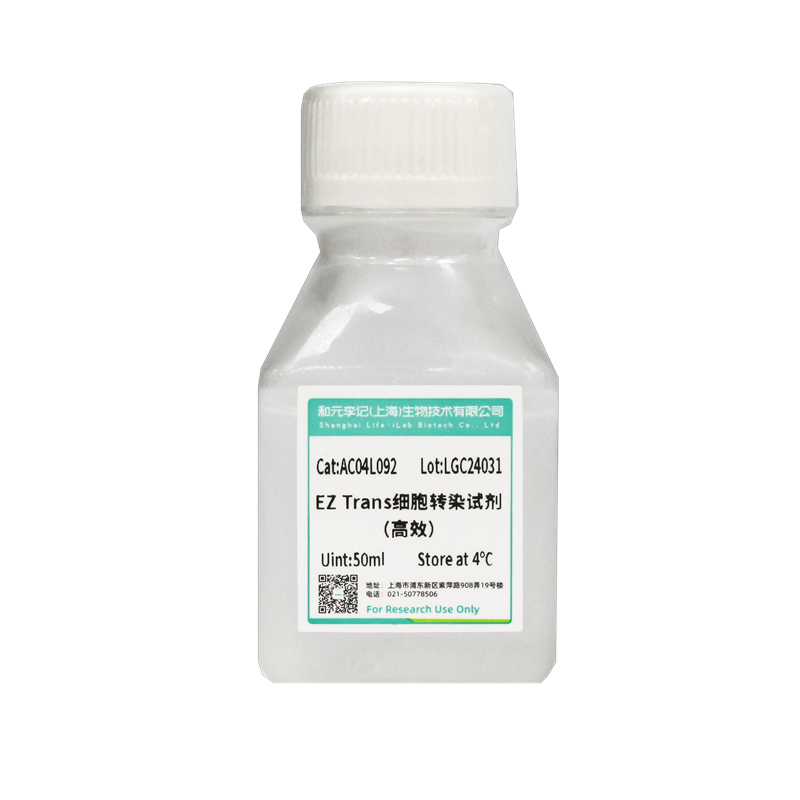











 Back
Back






